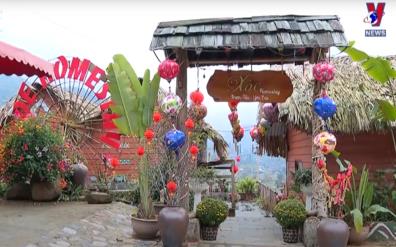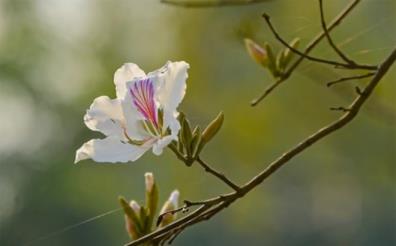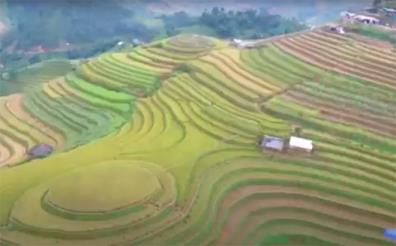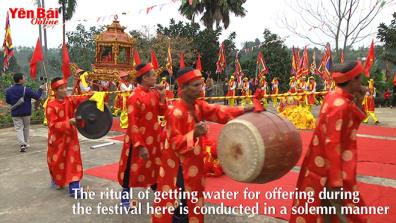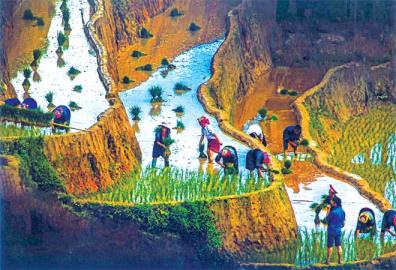Mu Cang Chai develops craft village tourism
- Monday, June 15, 2020
YBO - Locals of the Mong ethnic group in Mu Cang Chai district in the northern province of Yen Bai are preserving many traditional crafts with unique culture.
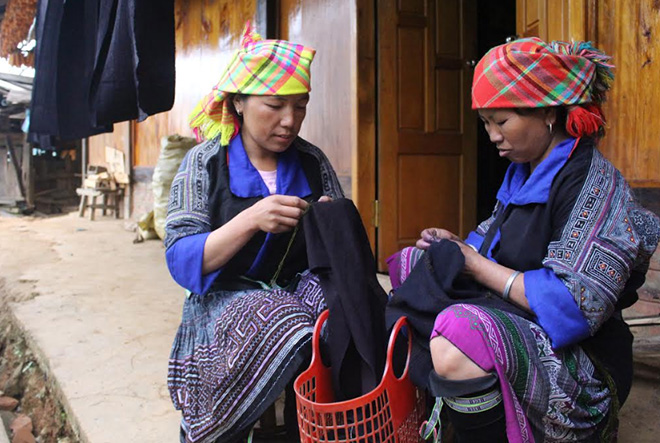
|
|
Women in Che Cu Nha commune, Mu Cang Chai district, preserve traditional craft.
|
Other news

Developing “green tourism” is regarded as an appropriate direction in the current context. As a specialized mulberry-growing area, Thanh Thinh Commune in Tran Yen District is aiming to link mulberry cultivation with the development of landscapes in mulberry-growing and silkworm-raising zones, while producing various mulberry-based products to promote ecological and experiential tourism. This tourism model operates with a focus on minimizing environmental impact, preserving cultural heritage, and generating eco-friendly products to increase income for farmers and producers, thereby contributing to the sustainable development of the local sericulture industry.

The 2025 “Echoes of Thac Ba Lake” Cultural and Sports Festival in Yen Binh District is scheduled to take place from April 18 to May 1, 2025.

In recent years, Yen Bai City has actively developed spiritual tourism through traditional sacred festivals held at temples and pagodas, drawing large numbers of locals and visitors. These activities not only honor spiritual values but also contribute significantly to preserving national cultural and historical heritage.

In the first quarter of 2025, Yen Binh District welcomed 94,789 visitors for sightseeing and experiential tourism. Among them, international arrivals reached 12,445, accounting for 31.1% of the provincial target and marking an increase of 14.9% compared to the same period in 2024.



